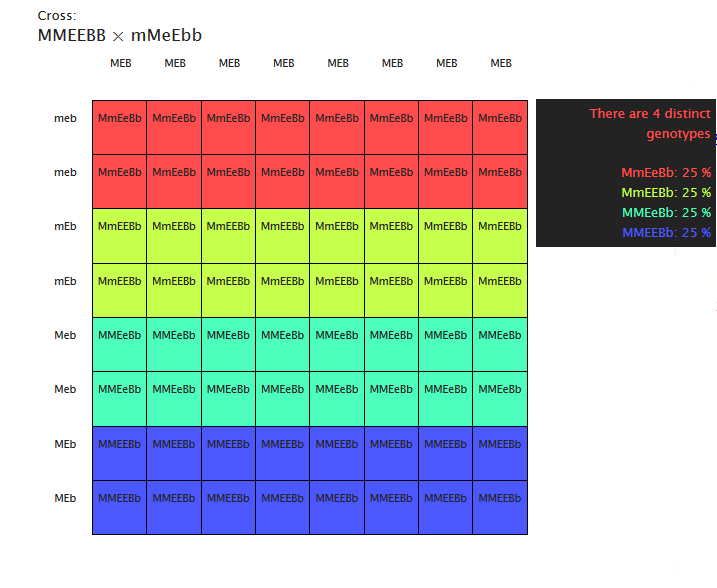Jayu_Patidar
New Member
- Messages
- 12
- Location
- England
Hi I was just on the reptile calculator app and it gave me the results but when I tried to put my breeding pair into a punnet square I couldn't see how they got that. Could someone pls explain how the app created those results in a punnet square?

Sent from my iPad using Tapatalk

Sent from my iPad using Tapatalk

